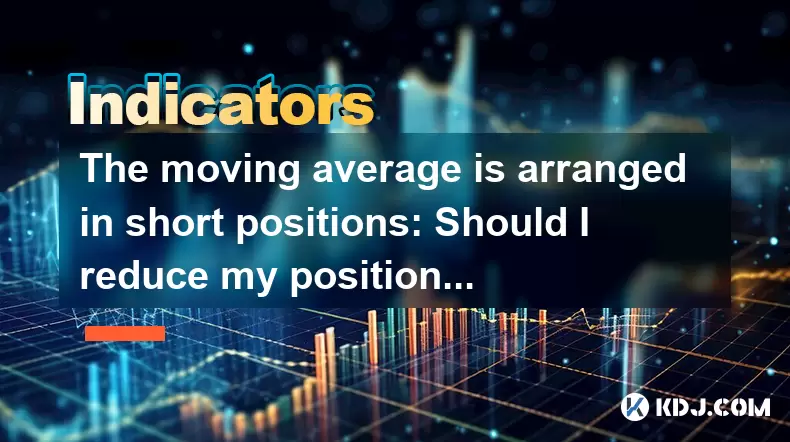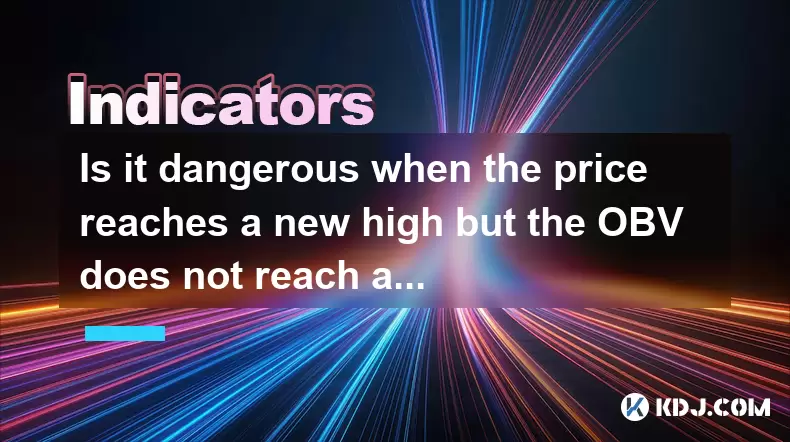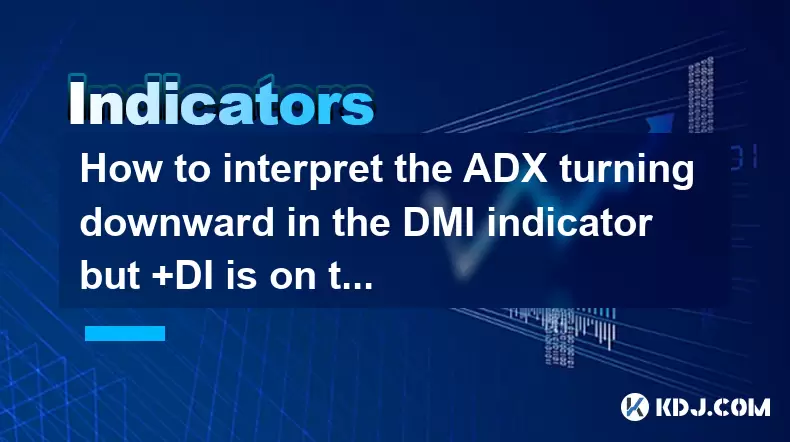-
 Bitcoin
Bitcoin $106,754.6083
1.33% -
 Ethereum
Ethereum $2,625.8249
3.80% -
 Tether USDt
Tether USDt $1.0001
-0.03% -
 XRP
XRP $2.1891
1.67% -
 BNB
BNB $654.5220
0.66% -
 Solana
Solana $156.9428
7.28% -
 USDC
USDC $0.9998
0.00% -
 Dogecoin
Dogecoin $0.1780
1.14% -
 TRON
TRON $0.2706
-0.16% -
 Cardano
Cardano $0.6470
2.77% -
 Hyperliquid
Hyperliquid $44.6467
10.24% -
 Sui
Sui $3.1128
3.86% -
 Bitcoin Cash
Bitcoin Cash $455.7646
3.00% -
 Chainlink
Chainlink $13.6858
4.08% -
 UNUS SED LEO
UNUS SED LEO $9.2682
0.21% -
 Avalanche
Avalanche $19.7433
3.79% -
 Stellar
Stellar $0.2616
1.64% -
 Toncoin
Toncoin $3.0222
2.19% -
 Shiba Inu
Shiba Inu $0.0...01220
1.49% -
 Hedera
Hedera $0.1580
2.75% -
 Litecoin
Litecoin $87.4964
2.29% -
 Polkadot
Polkadot $3.8958
3.05% -
 Ethena USDe
Ethena USDe $1.0000
-0.04% -
 Monero
Monero $317.2263
0.26% -
 Bitget Token
Bitget Token $4.5985
1.68% -
 Dai
Dai $0.9999
0.00% -
 Pepe
Pepe $0.0...01140
2.44% -
 Uniswap
Uniswap $7.6065
5.29% -
 Pi
Pi $0.6042
-2.00% -
 Aave
Aave $289.6343
6.02%
The moving average is arranged in short positions: Should I reduce my position after the rebound?
Reduce your position after a rebound in a bearish market by considering volume, duration, and price levels, aligning with your trading strategy and risk tolerance.
Jun 08, 2025 at 06:49 am

The moving average is a crucial technical indicator used by traders in the cryptocurrency market to determine potential trends and make informed decisions about their positions. When the moving average is arranged in short positions, it often signals a bearish market sentiment. However, the decision to reduce your position after a rebound depends on various factors, including the strength of the rebound, the overall market context, and your trading strategy.
Understanding the Moving Average in Short Positions
The moving average is calculated by averaging the price of a cryptocurrency over a specific period. When the moving averages are arranged in short positions, it means that the shorter-term moving averages (such as the 50-day moving average) are below the longer-term moving averages (such as the 200-day moving average). This arrangement is typically interpreted as a bearish signal, indicating that the price may continue to decline.
Traders often use this setup to confirm a downtrend and may consider taking short positions or holding onto existing short positions. However, the market can be unpredictable, and a rebound can occur even in a bearish environment. The question then becomes whether to reduce your position after such a rebound.
Analyzing the Rebound
A rebound in the context of a bearish market refers to a temporary increase in price after a period of decline. Analyzing the strength and nature of the rebound is crucial before making any decisions about your positions. Consider the following factors:
- Volume: A rebound accompanied by high trading volume may indicate stronger buying interest and could suggest a more significant shift in market sentiment.
- Duration: The length of the rebound can also provide insights. A short-lived rebound might be less significant than a prolonged one.
- Price Levels: Pay attention to whether the price rebounds to key resistance levels. Breaking through these levels could signal a potential reversal.
Evaluating Your Trading Strategy
Your decision to reduce your position after a rebound should align with your overall trading strategy. If you are a long-term investor, you might be less inclined to react to short-term market fluctuations. Conversely, if you are a short-term trader, you might be more proactive in adjusting your positions based on market movements.
Consider the following elements of your strategy:
- Risk Tolerance: How much risk are you willing to take? A rebound might be an opportunity to lock in profits or minimize losses.
- Profit Targets: Have you reached your profit targets? If so, reducing your position could be a prudent move.
- Stop-Loss Orders: Are your stop-loss orders in place? Adjusting these based on the rebound can help manage your risk.
Technical Indicators to Confirm the Rebound
Using additional technical indicators can help confirm whether the rebound is a temporary blip or a more significant shift. Some useful indicators include:
- Relative Strength Index (RSI): An RSI reading above 70 might indicate that the asset is overbought, suggesting the rebound could be short-lived.
- Moving Average Convergence Divergence (MACD): A bullish crossover in the MACD can support the idea that the rebound has more staying power.
- Bollinger Bands: A price moving above the upper Bollinger Band might signal a strong rebound, while a return to within the bands could indicate a false breakout.
Practical Steps to Reduce Your Position
If you decide to reduce your position after a rebound, follow these practical steps to execute your decision effectively:
- Assess Your Current Position: Review the size of your current position and the price at which you entered the trade.
- Determine the Reduction Amount: Decide how much of your position you want to reduce. This could be a percentage or a fixed number of units.
- Set Your Sell Order: Place a sell order for the determined amount. You can choose between a market order, which will execute immediately at the current market price, or a limit order, which will only execute at a specified price.
- Monitor the Market: Keep an eye on the market after placing your order to ensure it executes as intended and to stay informed about any further developments.
- Review Your Portfolio: After reducing your position, reassess your overall portfolio to ensure it aligns with your risk management strategy.
Psychological Factors in Decision-Making
The psychological aspect of trading cannot be overlooked. Emotional responses to market movements can lead to hasty decisions. Maintaining a disciplined approach is crucial:
- Avoid Emotional Trading: Don't let fear or greed drive your decisions. Stick to your trading plan and strategy.
- Stay Informed: Continuously educate yourself about market trends and technical analysis to make more informed decisions.
- Manage Stress: Trading can be stressful, especially in volatile markets. Use stress management techniques to keep a clear head.
Frequently Asked Questions
Q: Can the moving average in short positions be a false signal?
A: Yes, the moving average in short positions can sometimes be a false signal. It's important to use other technical indicators and fundamental analysis to confirm the bearish trend. False signals can occur due to market volatility or unexpected news events.
Q: How often should I check the moving averages to make trading decisions?
A: The frequency of checking moving averages depends on your trading style. Short-term traders might check them daily or even more frequently, while long-term investors might review them weekly or monthly. It's crucial to align your monitoring frequency with your trading strategy.
Q: What other indicators should I use alongside moving averages?
A: In addition to moving averages, you can use indicators like the Relative Strength Index (RSI), Moving Average Convergence Divergence (MACD), and Bollinger Bands to get a more comprehensive view of market trends. Each indicator provides different insights, and using them together can help confirm signals.
Q: Is it possible to profit from a rebound in a bearish market?
A: Yes, it is possible to profit from a rebound in a bearish market. Traders can take advantage of short-term price movements by buying at the bottom of a rebound and selling at the top. However, this requires precise timing and a good understanding of market dynamics.
Disclaimer:info@kdj.com
The information provided is not trading advice. kdj.com does not assume any responsibility for any investments made based on the information provided in this article. Cryptocurrencies are highly volatile and it is highly recommended that you invest with caution after thorough research!
If you believe that the content used on this website infringes your copyright, please contact us immediately (info@kdj.com) and we will delete it promptly.
- 2025-W Uncirculated American Gold Eagle and Dr. Vera Rubin Quarter Mark New Products
- 2025-06-13 06:25:13
- Ruvi AI (RVU) Leverages Blockchain and Artificial Intelligence to Disrupt Marketing, Entertainment, and Finance
- 2025-06-13 07:05:12
- H100 Group AB Raises 101 Million SEK (Approximately $10.6 Million) to Bolster Bitcoin Reserves
- 2025-06-13 06:25:13
- Galaxy Digital CEO Mike Novogratz Says Bitcoin Will Replace Gold and Go to $1,000,000
- 2025-06-13 06:45:13
- Trust Wallet Token (TWT) Price Drops 5.7% as RWA Integration Plans Ignite Excitement
- 2025-06-13 06:45:13
- Ethereum (ETH) Is in the Second Phase of a Three-Stage Market Cycle
- 2025-06-13 07:25:13
Related knowledge

How to interpret the low opening the next day after the long lower shadow hits the bottom?
Jun 18,2025 at 12:22am
Understanding the Long Lower Shadow Candlestick PatternIn technical analysis, a long lower shadow candlestick is often seen as a potential reversal signal in a downtrend. This pattern occurs when the price opens, trades significantly lower during the session, but then recovers to close near the opening price or slightly above. The long wick at the botto...

How to operate the RSI indicator repeatedly in the 40-60 range?
Jun 18,2025 at 12:56am
Understanding the RSI Indicator and Its RelevanceThe Relative Strength Index (RSI) is a momentum oscillator widely used in cryptocurrency trading to measure the speed and change of price movements. Typically, the RSI ranges from 0 to 100, with levels above 70 considered overbought and below 30 considered oversold. However, when the RSI repeatedly stays ...

Why is the volume ratio suddenly enlarged three times but the price fluctuation is small?
Jun 18,2025 at 04:42am
Understanding the Relationship Between Trading Volume and Price MovementIn the world of cryptocurrency trading, volume is a crucial metric that reflects the number of assets traded within a specific time frame. It often serves as an indicator of market interest and liquidity. However, there are instances where trading volume surges dramatically—sometime...

How strong is the MACD golden cross below the zero axis?
Jun 17,2025 at 11:00pm
Understanding the MACD Indicator in Cryptocurrency TradingThe Moving Average Convergence Divergence (MACD) is one of the most widely used technical indicators among cryptocurrency traders. It helps identify potential trend reversals, momentum shifts, and entry or exit points. The MACD consists of three main components: the MACD line, the signal line, an...

Is it dangerous when the price reaches a new high but the OBV does not reach a new high?
Jun 18,2025 at 06:14am
Understanding On-Balance Volume (OBV) in Cryptocurrency TradingIn the world of cryptocurrency trading, technical indicators play a crucial role in analyzing market behavior and predicting future price movements. One such widely used indicator is the On-Balance Volume (OBV), which helps traders assess the strength of buying or selling pressure behind pri...

How to interpret the ADX turning downward in the DMI indicator but +DI is on the top?
Jun 18,2025 at 08:01am
Understanding the Role of Decentralized Finance in Modern Cryptocurrency EcosystemsDecentralized Finance, commonly known as DeFi, has emerged as a cornerstone of the modern cryptocurrency ecosystem. Unlike traditional financial systems that rely on centralized intermediaries like banks and brokers, DeFi platforms operate on blockchain networks to offer ...

How to interpret the low opening the next day after the long lower shadow hits the bottom?
Jun 18,2025 at 12:22am
Understanding the Long Lower Shadow Candlestick PatternIn technical analysis, a long lower shadow candlestick is often seen as a potential reversal signal in a downtrend. This pattern occurs when the price opens, trades significantly lower during the session, but then recovers to close near the opening price or slightly above. The long wick at the botto...

How to operate the RSI indicator repeatedly in the 40-60 range?
Jun 18,2025 at 12:56am
Understanding the RSI Indicator and Its RelevanceThe Relative Strength Index (RSI) is a momentum oscillator widely used in cryptocurrency trading to measure the speed and change of price movements. Typically, the RSI ranges from 0 to 100, with levels above 70 considered overbought and below 30 considered oversold. However, when the RSI repeatedly stays ...

Why is the volume ratio suddenly enlarged three times but the price fluctuation is small?
Jun 18,2025 at 04:42am
Understanding the Relationship Between Trading Volume and Price MovementIn the world of cryptocurrency trading, volume is a crucial metric that reflects the number of assets traded within a specific time frame. It often serves as an indicator of market interest and liquidity. However, there are instances where trading volume surges dramatically—sometime...

How strong is the MACD golden cross below the zero axis?
Jun 17,2025 at 11:00pm
Understanding the MACD Indicator in Cryptocurrency TradingThe Moving Average Convergence Divergence (MACD) is one of the most widely used technical indicators among cryptocurrency traders. It helps identify potential trend reversals, momentum shifts, and entry or exit points. The MACD consists of three main components: the MACD line, the signal line, an...

Is it dangerous when the price reaches a new high but the OBV does not reach a new high?
Jun 18,2025 at 06:14am
Understanding On-Balance Volume (OBV) in Cryptocurrency TradingIn the world of cryptocurrency trading, technical indicators play a crucial role in analyzing market behavior and predicting future price movements. One such widely used indicator is the On-Balance Volume (OBV), which helps traders assess the strength of buying or selling pressure behind pri...

How to interpret the ADX turning downward in the DMI indicator but +DI is on the top?
Jun 18,2025 at 08:01am
Understanding the Role of Decentralized Finance in Modern Cryptocurrency EcosystemsDecentralized Finance, commonly known as DeFi, has emerged as a cornerstone of the modern cryptocurrency ecosystem. Unlike traditional financial systems that rely on centralized intermediaries like banks and brokers, DeFi platforms operate on blockchain networks to offer ...
See all articles

























































































